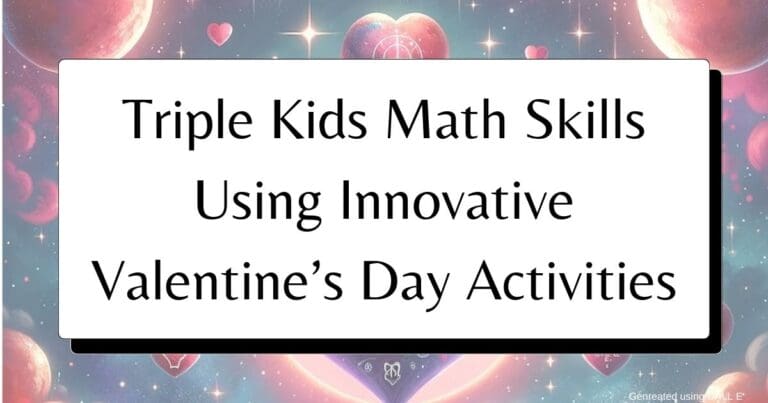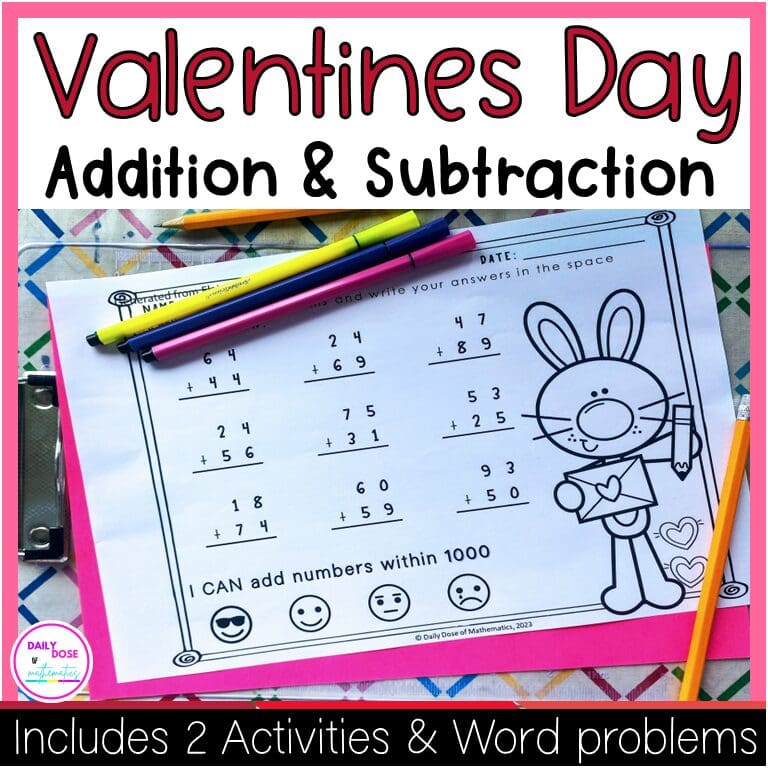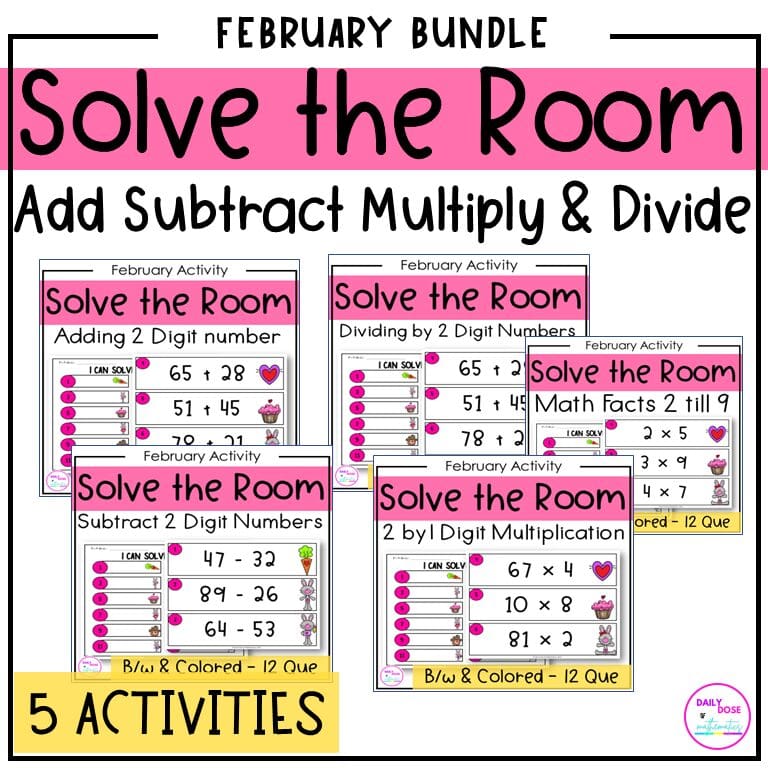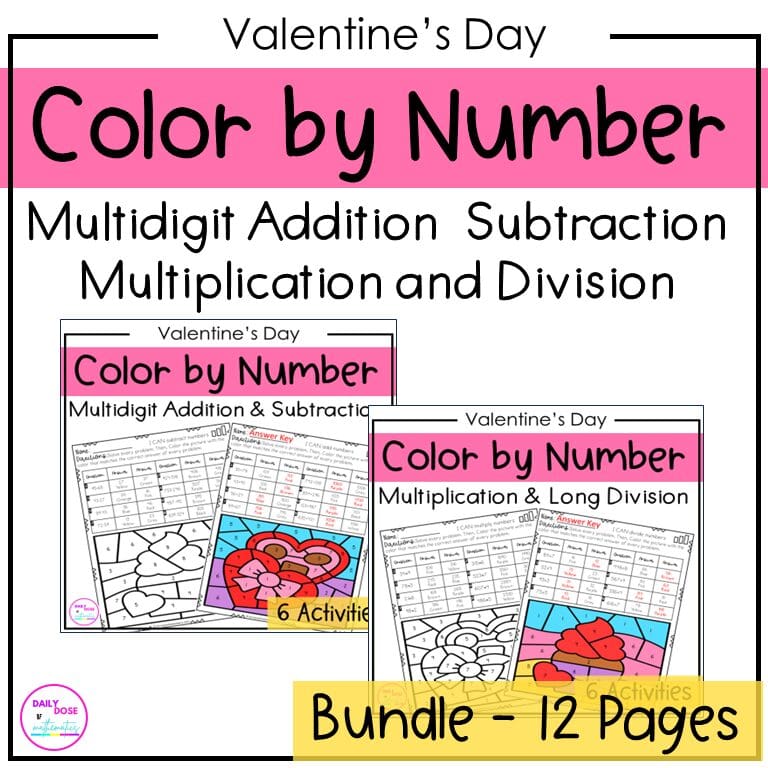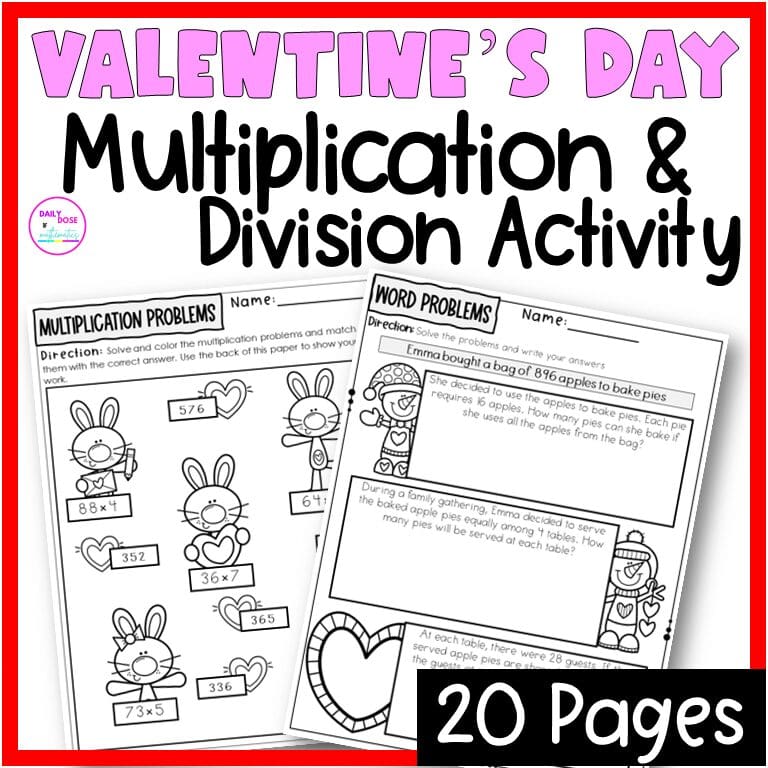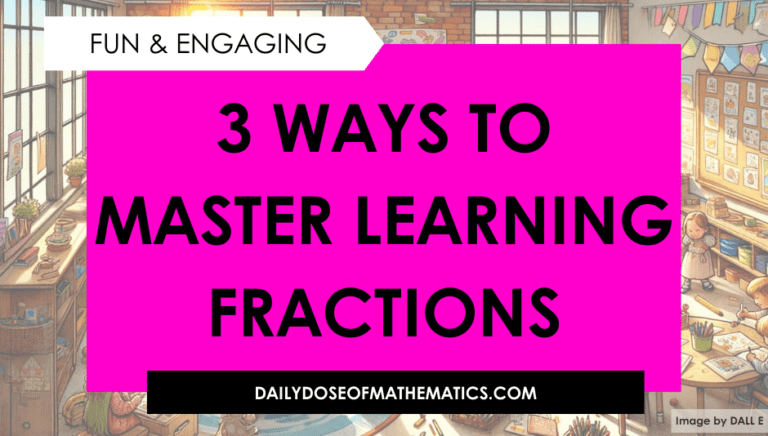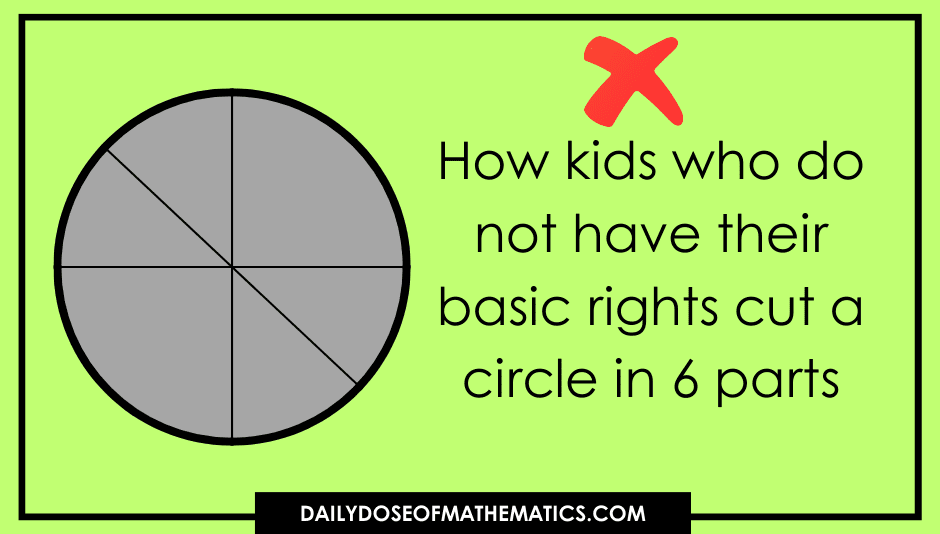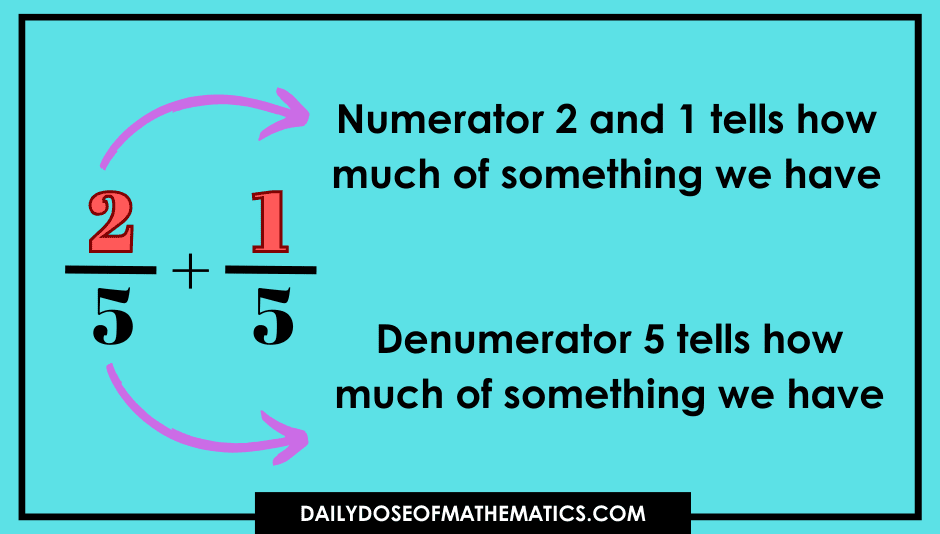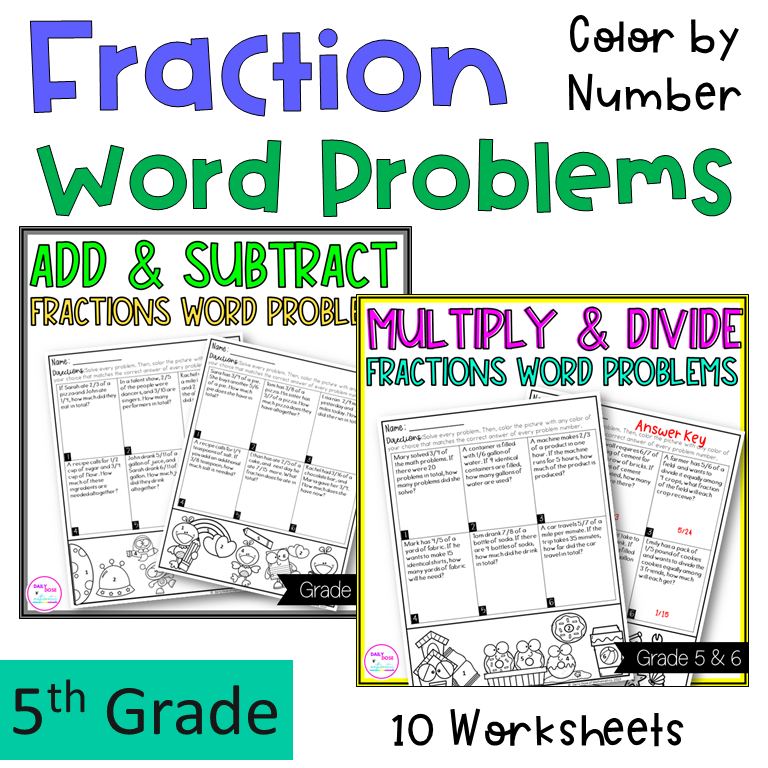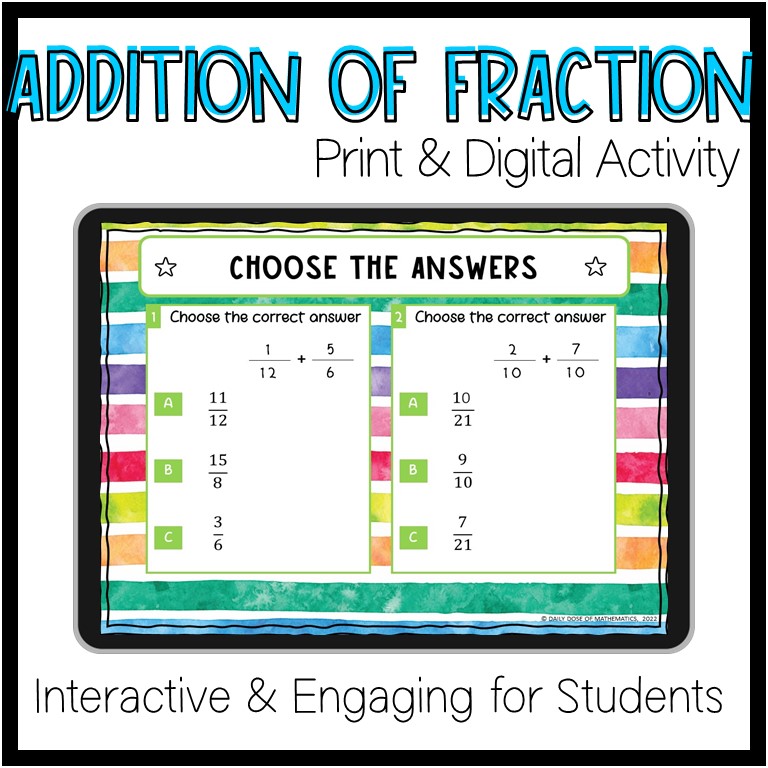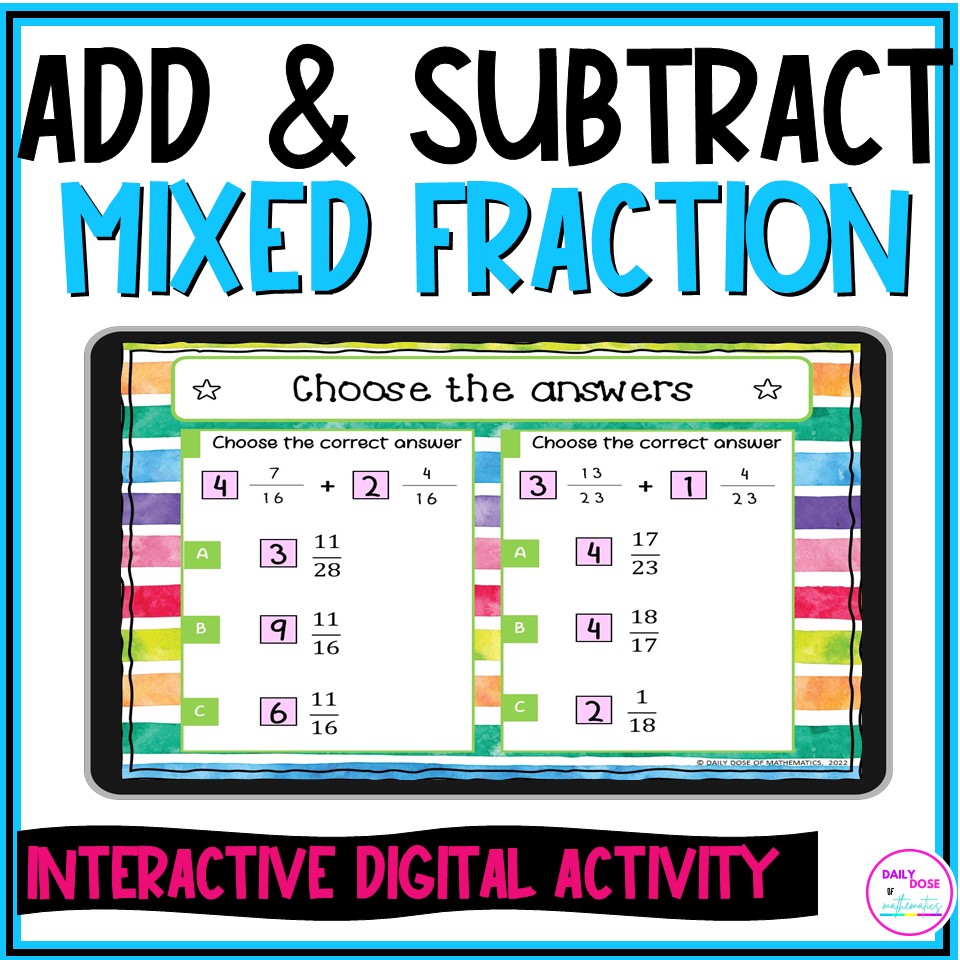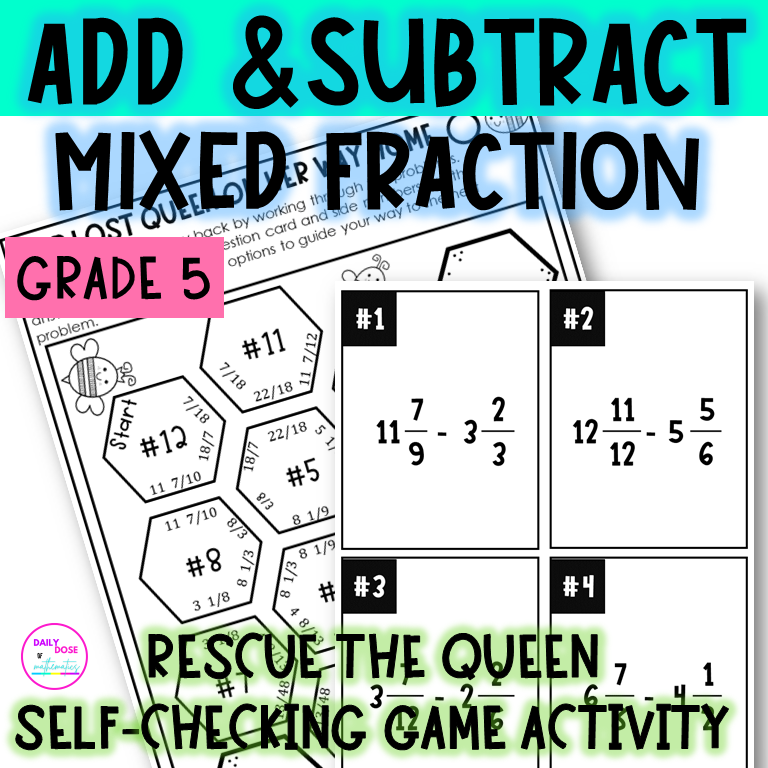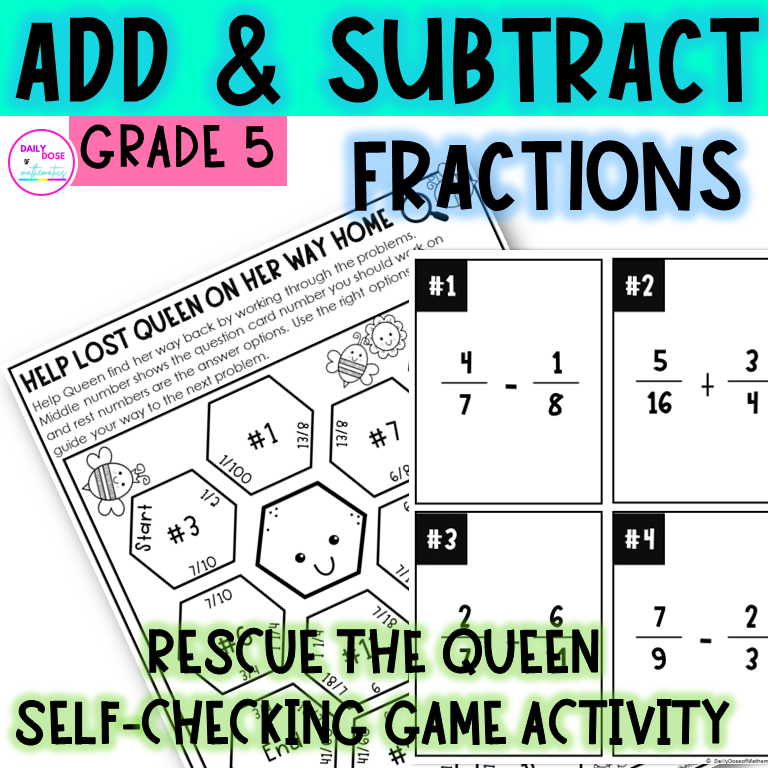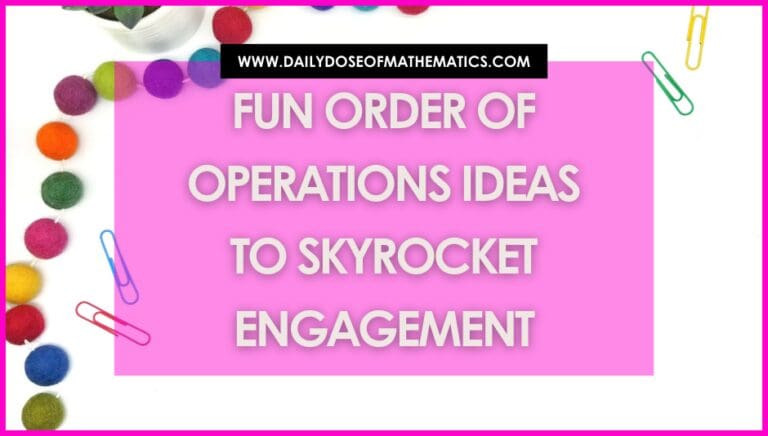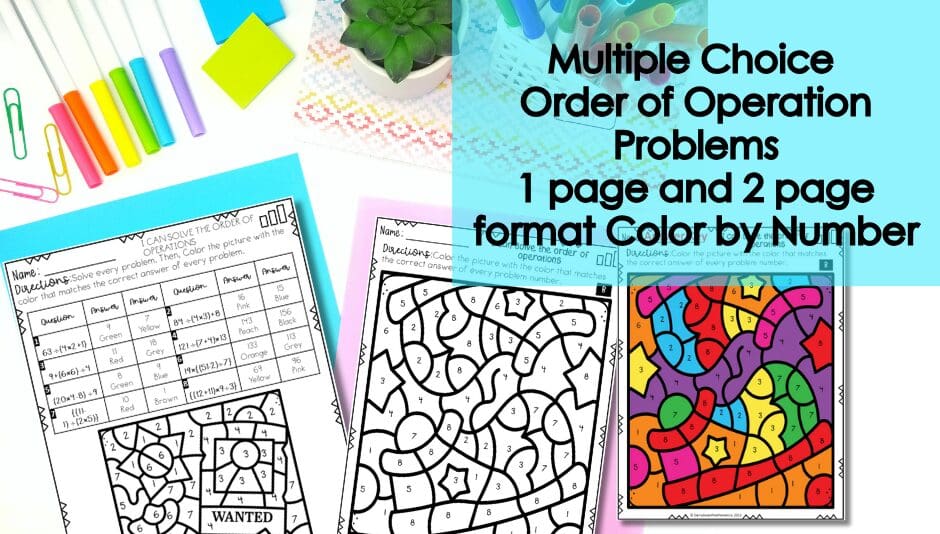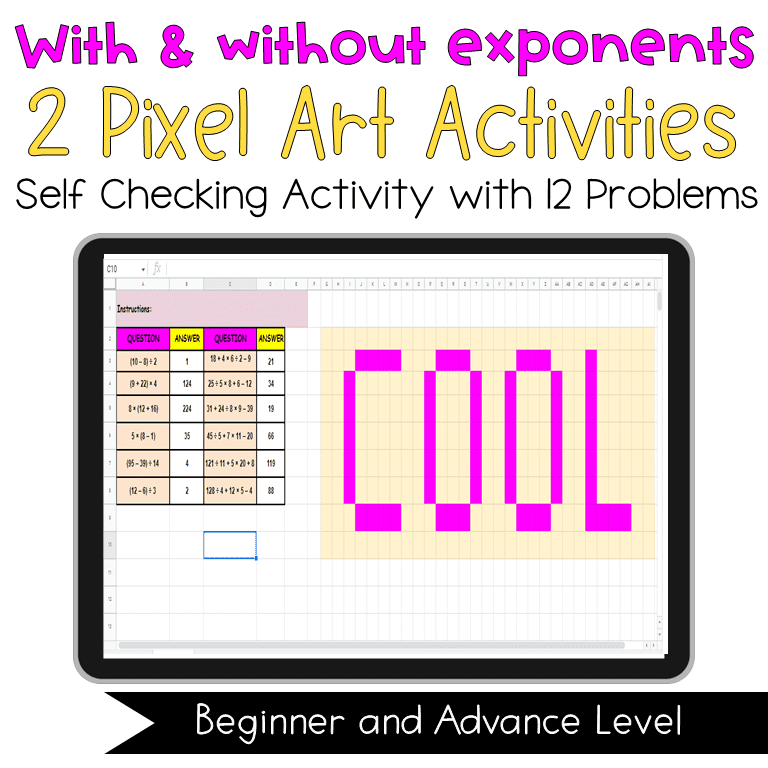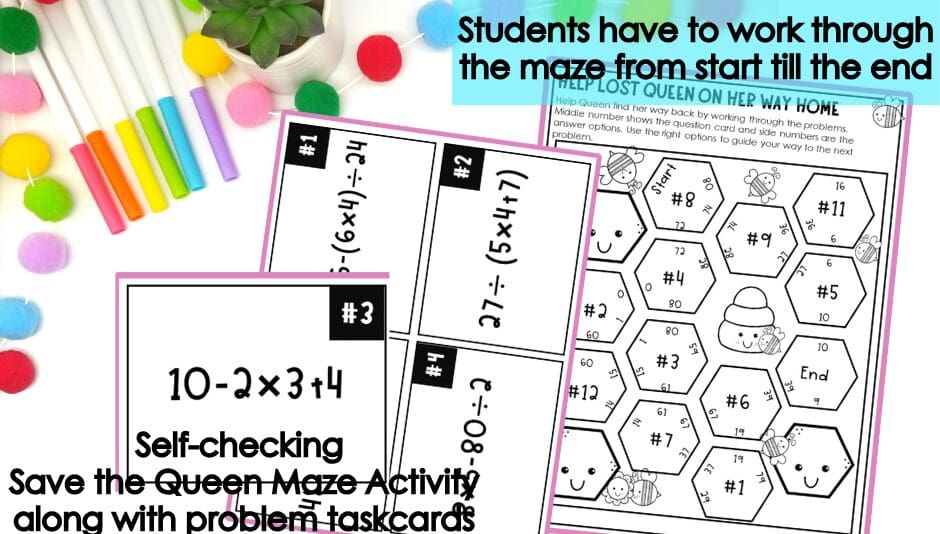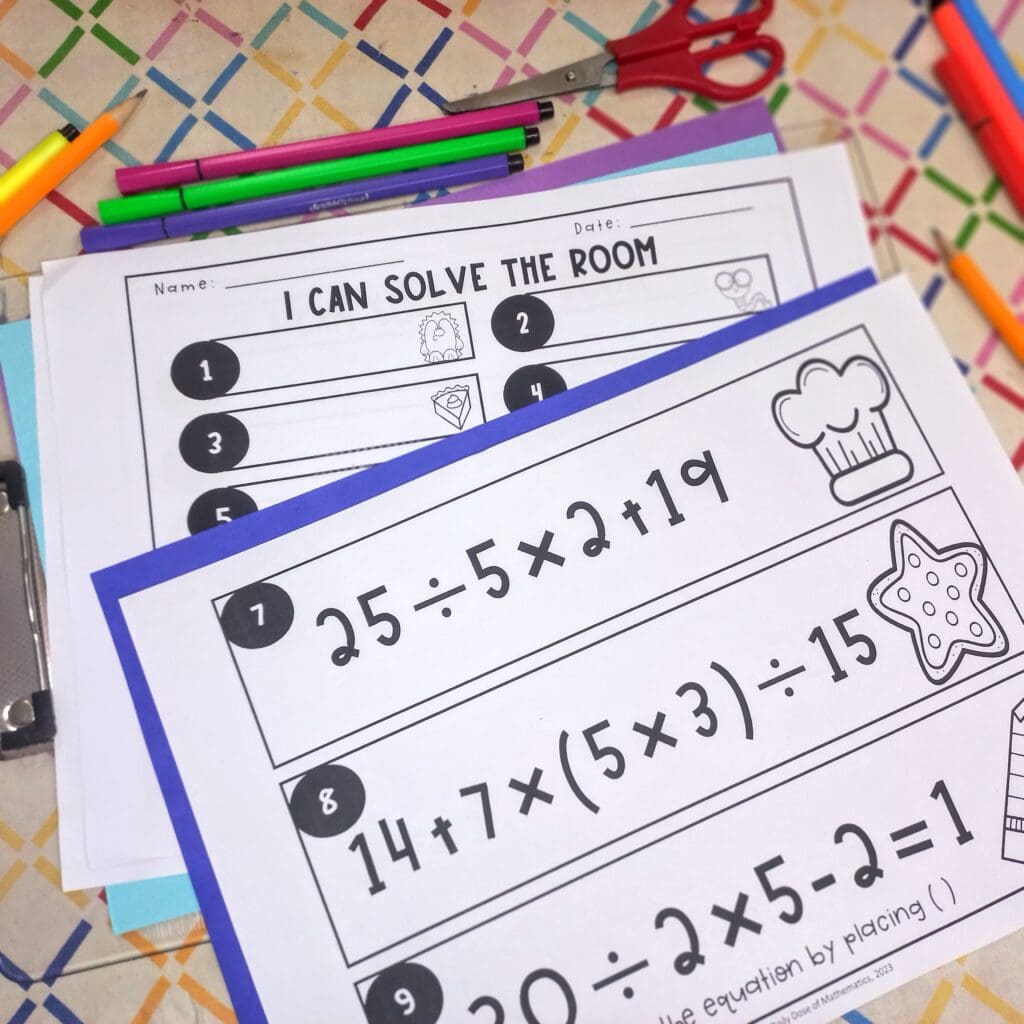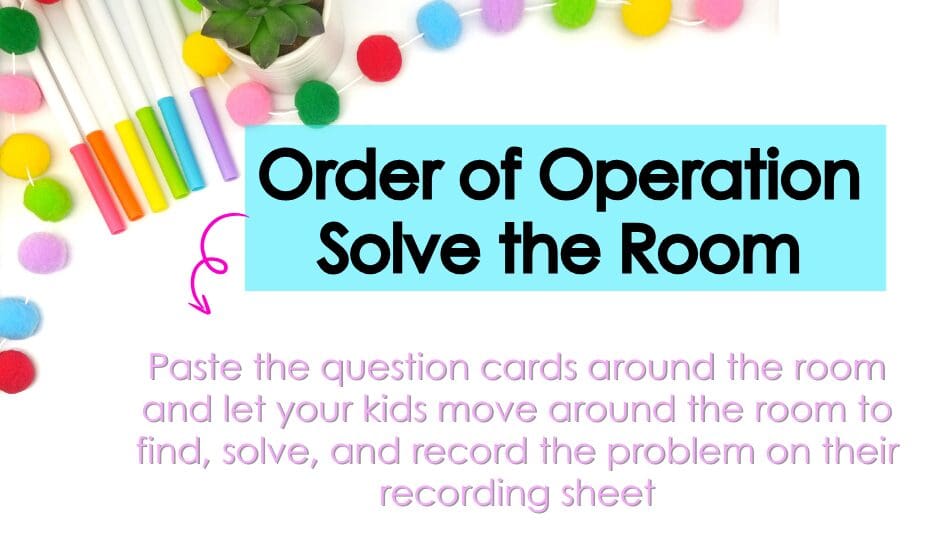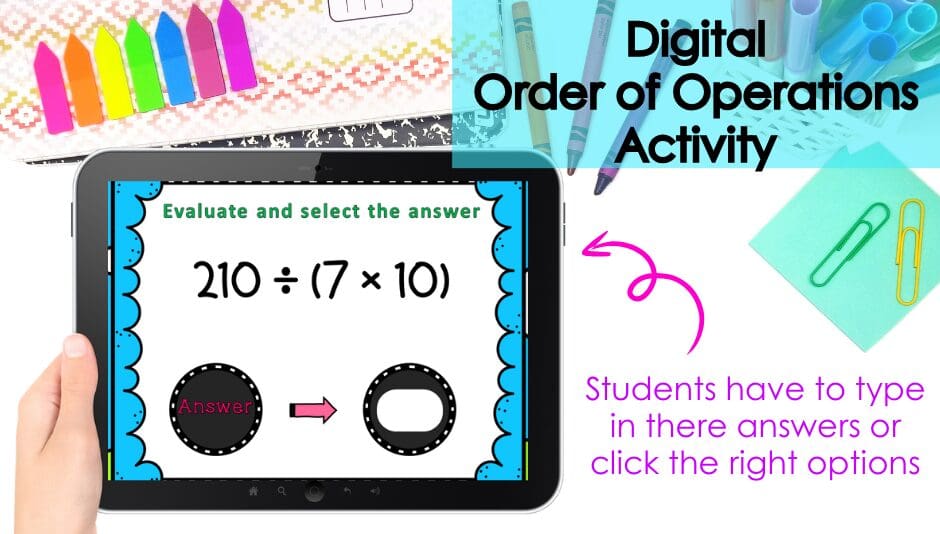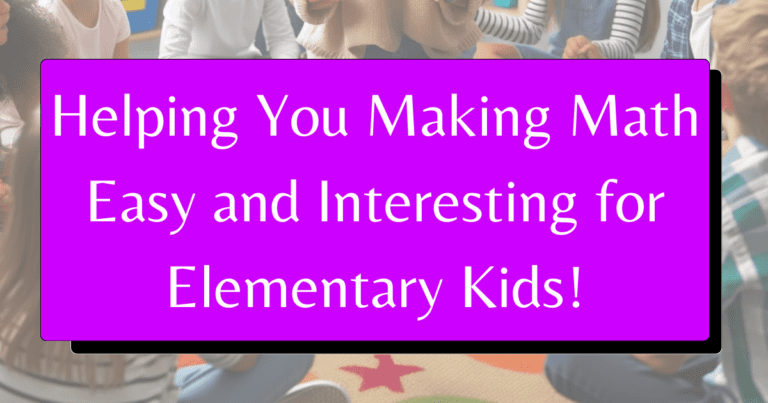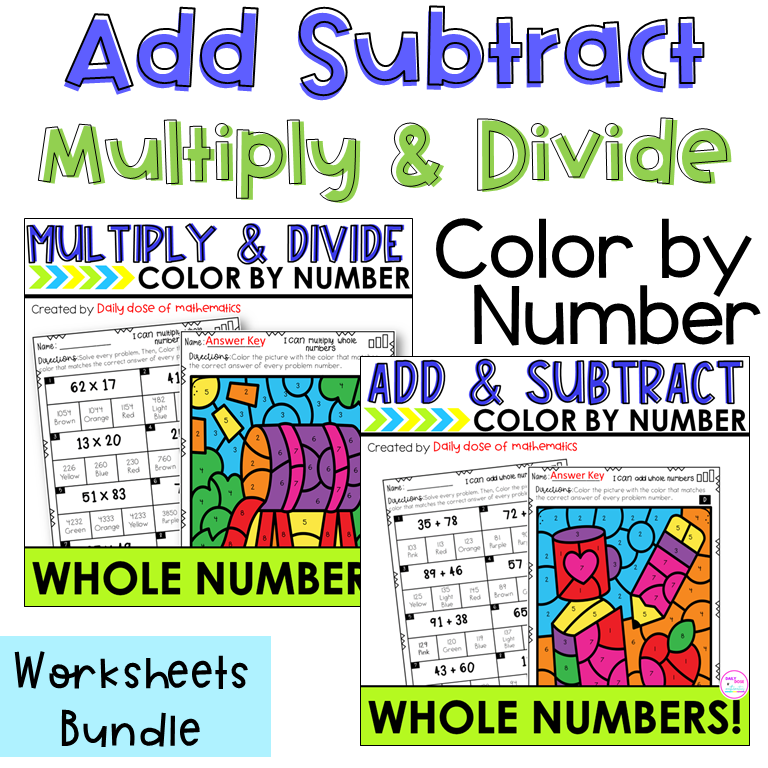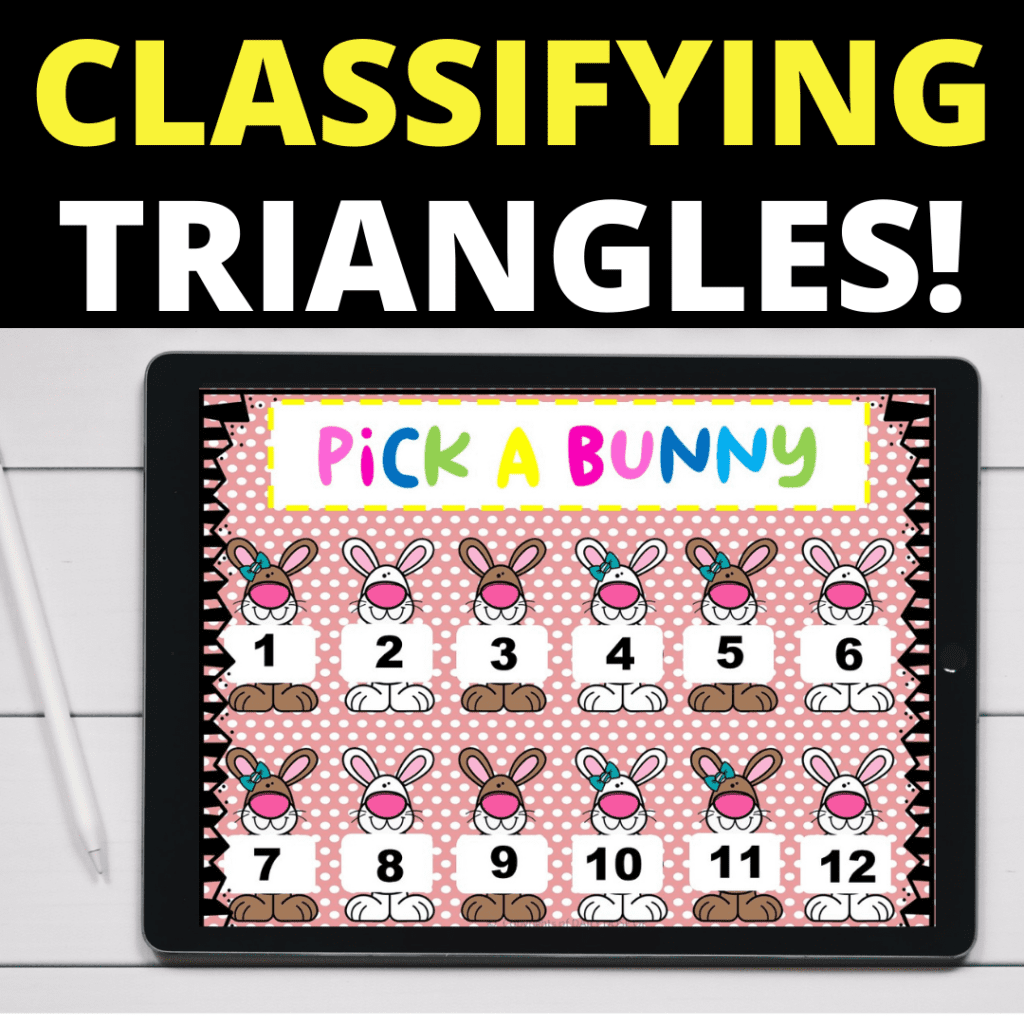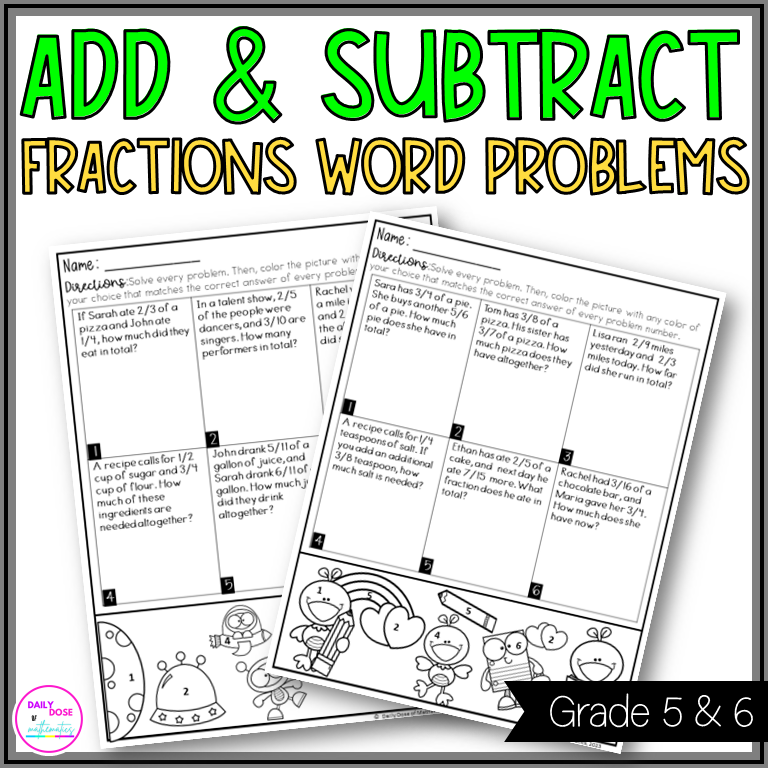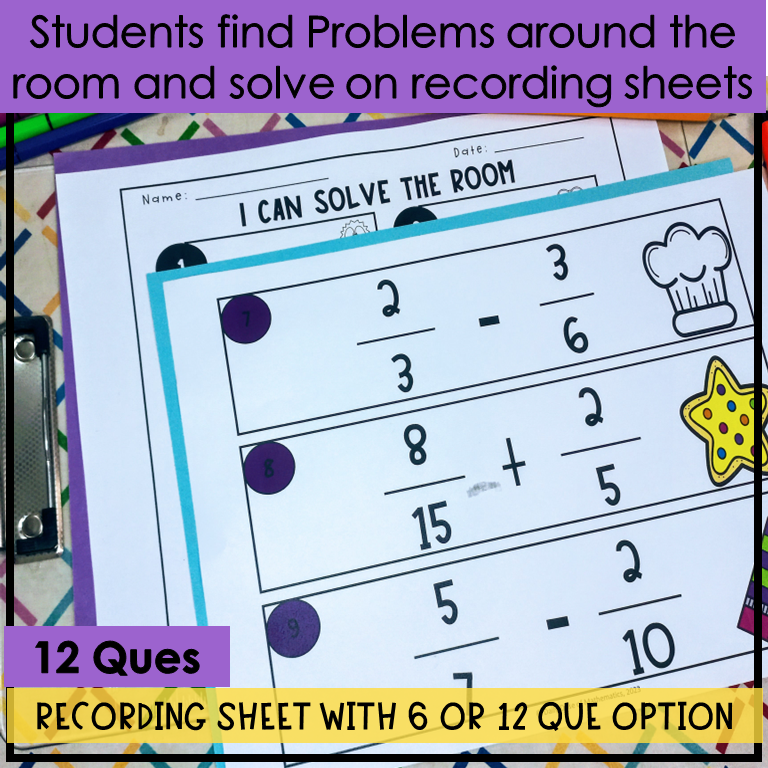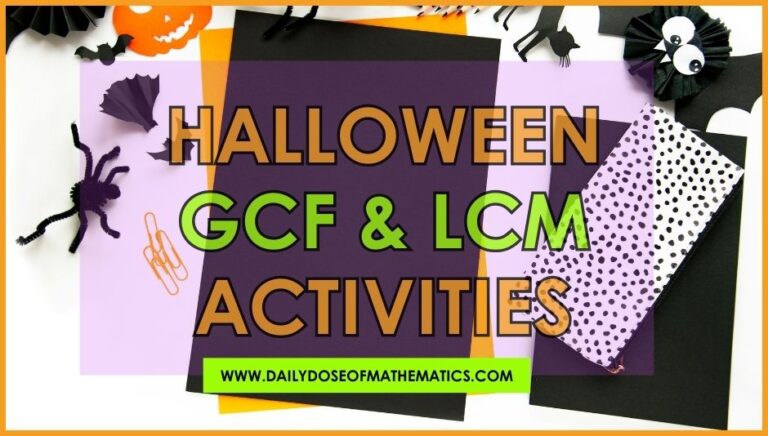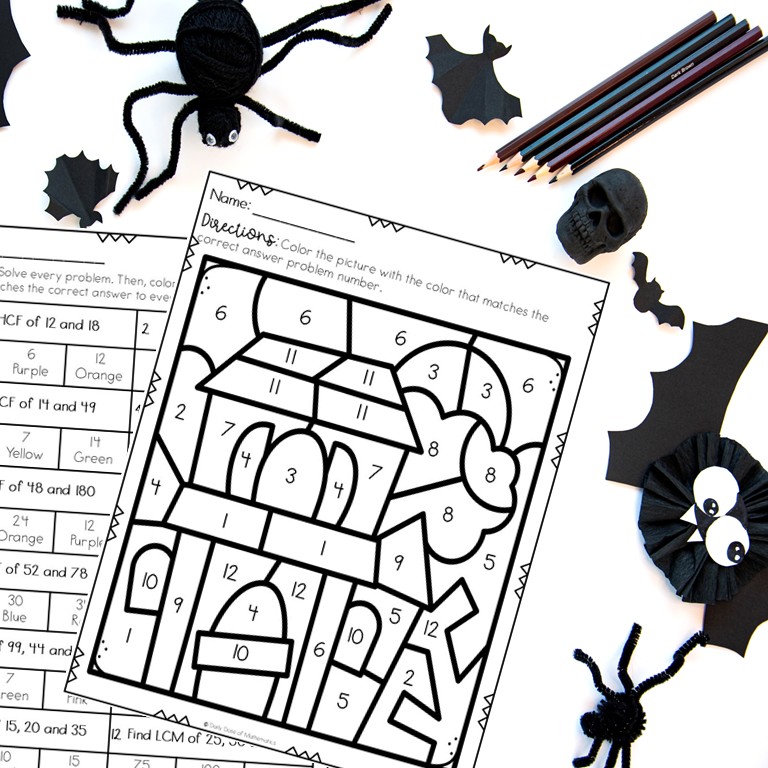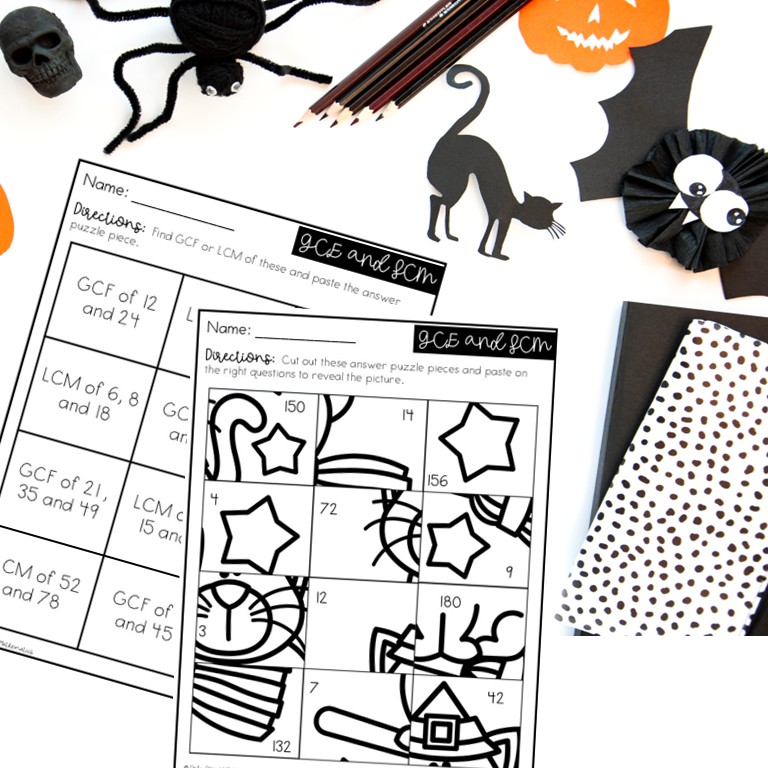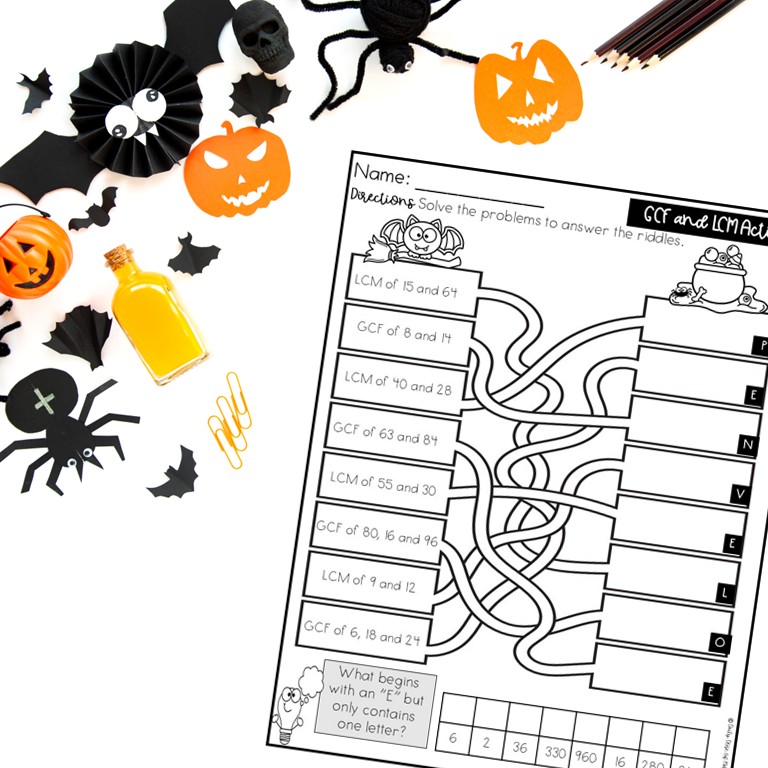3 Digit Addition Problems Activities To Increase Problem Solving Now
Teaching your students the concept of 3 digit addition problems is essential for their math skills development. Without a solid foundation in these basic skills, students will face challenges as they progress to higher grade levels.
Let’s explore some strategies you can use inside your classroom to teach 3 digit addition more effectively. So let’s dive in!
Understanding The Basics of 3 Digit Addition Problems
To build a solid foundation of 3 digit addition skills in your students, start by introducing the concept of place value.
Students should know the value of every digit in a 3 digit number. And that should happen even before they begin practicing their addition skills.
Once your students have mastered the place values, it’s time to introduce them to add 2 and 3 digit numbers. This is the time when you gradually introduce them to the concept of regrouping.
Building your student’s skills in this way will allow them to make sense of what they are learning sequentially.
Engaging 3 Digit Addition Problems Worksheet
Printable worksheets are a must have tool for all math teachers in their classrooms, again not the only ones.
In addition to this, engaging printable worksheets keep your students in the learning process and draw their attention towards solving math and absorbing what they are learning.
But creating visually appealing worksheets for your students to work on can be a daunting task.
Here are a few 3 digit addition problems worksheet ideas to consider using in your classroom.
- 3 Digit Addition Riddles activity
Adding riddles activity worksheets in your classroom creates an element of excitement in students. Want some inspiration? Check out these 3 digit addition riddles worksheets in my TPT store!
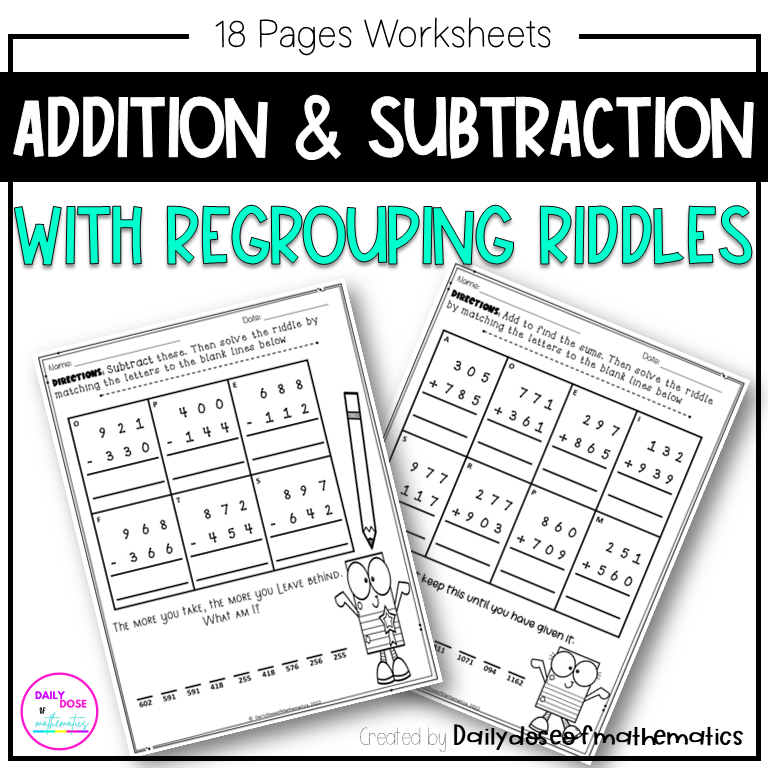
Here is how it works. Print out one of the worksheets and hand it out to your students. The visually appealing images and the mystery element of the riddles creates a fun and exciting experience for students.
Students then works on the problems to find the clues and solve the riddles. Once all the problems are solved, students can then look for the answer and write the matching alphabet assigned to the problem in the given blanks.
Once all the blanks are filled, students reveal the answer to the riddle. Honestly, riddle worksheets are what my students are always begging for more. I always make sure to incorporate such riddles in my class.
Want to see what I use check them here.
- 3 Digit Addition Color by Number Worksheets
Color By Number is another engaging way to add excitement to your classroom. What’s more interesting is these activities are self checking.
After finding the answer to their problems, kids look for the colors that the correct answer points to and color in the coloring sheet with the desired color.
This sparks creativity and fun, which makes working on these activities enjoyable. Don’t want to make your own! Check this out

Lastly, check out the ones I created for busy teachers like you here.
- 3 Digit Addition Maze Activity
Another activity you can do in your classroom is this 3 digit addition maze worksheet. These mazes are also self checking which makes less grading and more free time for the teachers. Whereas more learning for the students.
Want some free 3 digit addition problems maze activity click here for a free printable.
My kids are excited to find the answer to the problem they are working on and to find out how they are going to navigate the maze. This interactive activity not only increases their addition skill along with problem solving but keeps them actively engaged in solving math problems.
Want to access Free Math Resources? Click Here!
Free Adding and Subtracting Decimal Mystery Picture Activity


